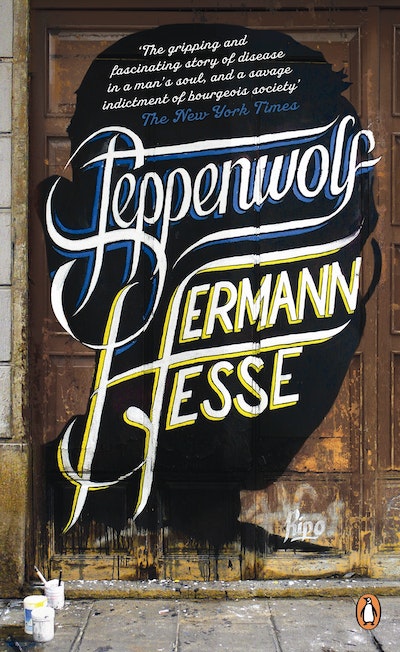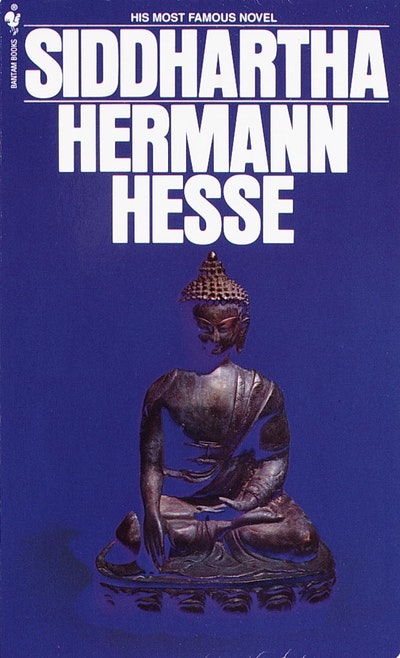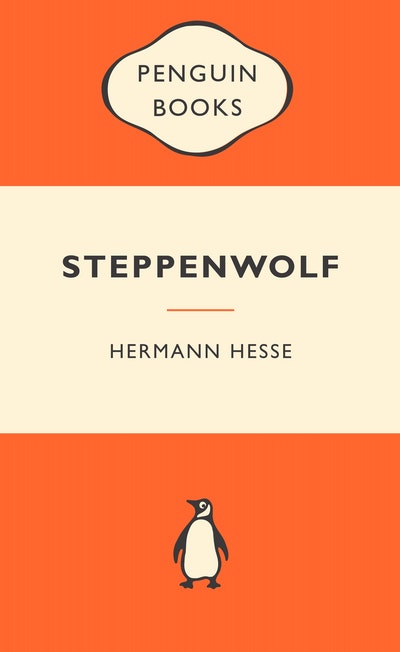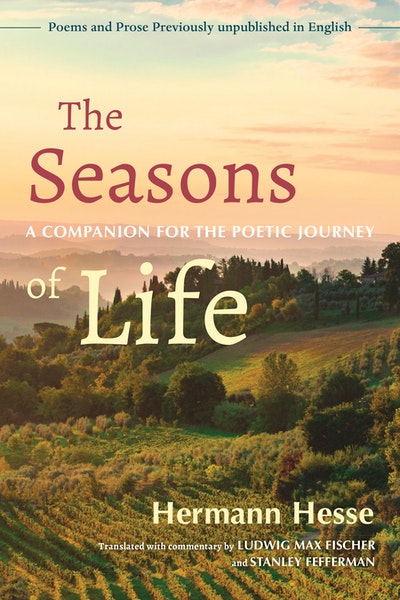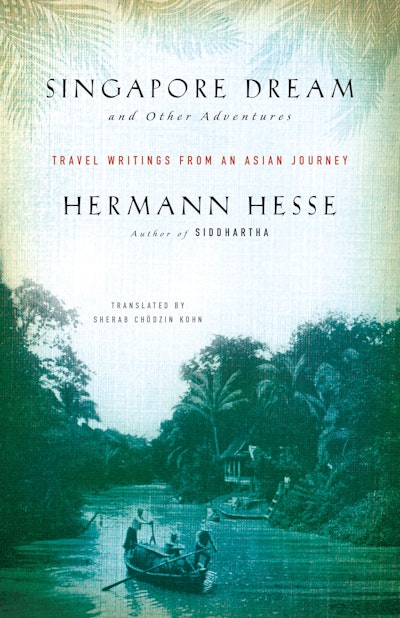[]
- Published: 13 May 2011
- ISBN: 9780241951521
- Imprint: Penguin General UK
- Format: Paperback
- Pages: 256
- RRP: $22.99
Steppenwolf
Formats & editions
Buy from…
- Published: 13 May 2011
- ISBN: 9780241951521
- Imprint: Penguin General UK
- Format: Paperback
- Pages: 256
- RRP: $22.99
The gripping and fascinating story of disease in a man's soul, and a savage indictment of bourgeois society
New York Times
Existential masterpiece
The Times
A profoundly memorable and affecting novel
New York Times
